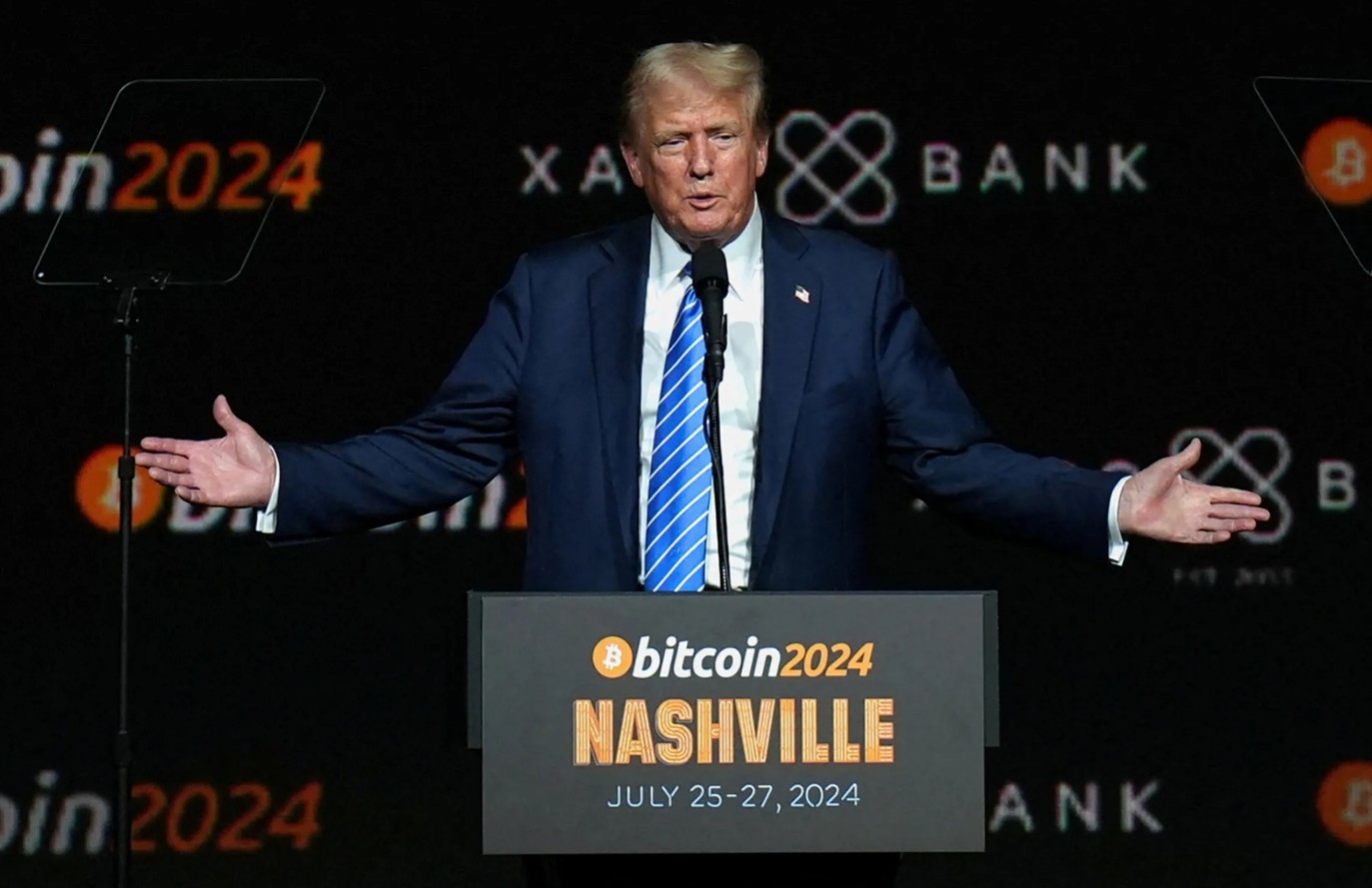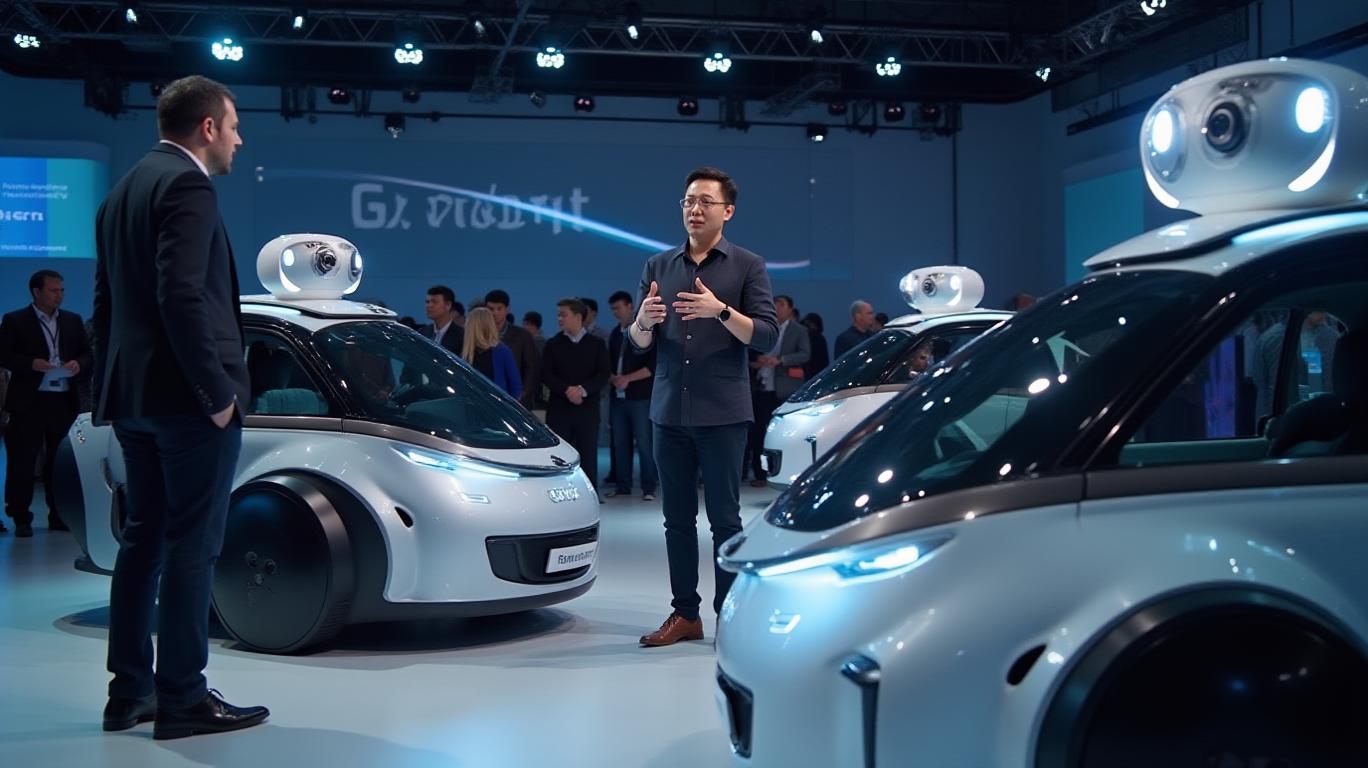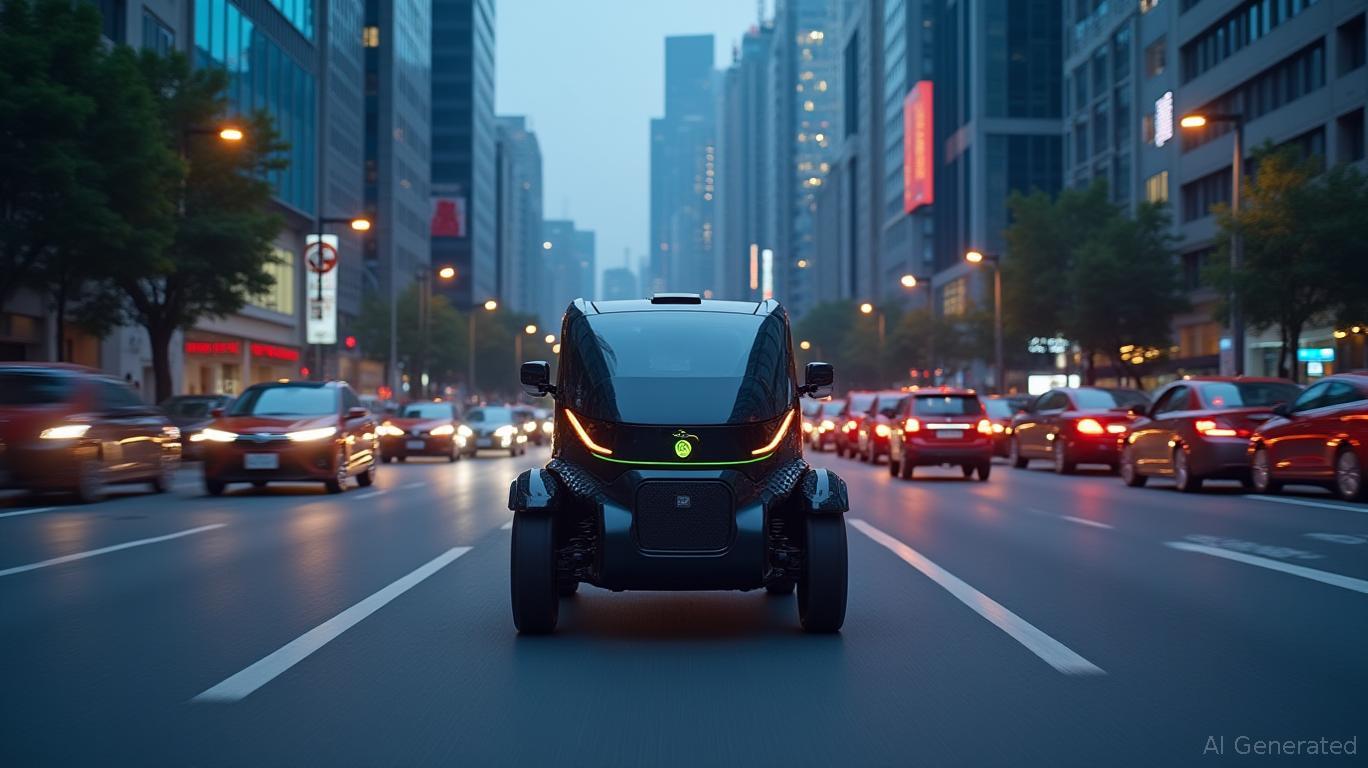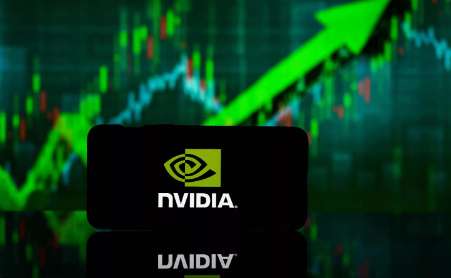Pony.ai and Uber’s Autonomous Alliance: A Turning Point for Driverless Mobility?
The partnership between Pony.ai and uber, announced in May 2025, marks a pivotal moment in the autonomous vehicle sector. By integrating Pony.ai’s autonomous Robotaxis into Uber’s global platform, the collaboration aims to accelerate the commercialization of driverless technology while addressing key challenges such as scalability, regulatory compliance, and market adoption. This strategic union could redefine urban mobility—provided both companies navigate the complex risks ahead.

The Strategic Play: Global Reach Meets Autonomous Tech
Pony.ai, a Nasdaq-listed firm (PONY), has long prioritized global expansion, with operations in China, Europe, and the Middle East. Uber (UBER), meanwhile, seeks to future-proof its ride-hailing dominance by integrating autonomous vehicles into its platform. The alliance combines Pony.ai’s advanced autonomous systems with Uber’s 58 billion rides-worth of user trust, creating a formidable partnership.
The Middle East launch, set for late 2025, is no accident. The region’s favorable regulatory environment and urbanization trends—such as Dubai’s Vision 2030, which prioritizes smart transportation—position it as a testing ground for scaling autonomous services. Future expansions to Europe and Asia could follow, capitalizing on Pony.ai’s existing licenses and partnerships.
Both stocks surged post-announcement, with Pony.ai gaining 18% and Uber climbing 12% in the first month. However, sustained growth hinges on successful pilot outcomes and regulatory approvals.
The Technological Edge: Seventh-Gen Systems and Scalability
At the core of the partnership lies Pony.ai’s seventh-generation autonomous driving system, a “vehicle-agnostic Virtual Driver” designed for mass production. Unlike proprietary platforms that require vehicle-specific engineering, this system can adapt to multiple models, reducing costs and accelerating deployment.
The Virtual Driver’s robustness was validated in Pony.ai’s Beijing trials, where vehicles operated without a safety driver behind the wheel—a milestone achieved through partnerships with automakers like Toyota and Baidu. This flexibility positions Pony.ai to compete with Waymo and Cruise, which rely on single-vehicle ecosystems.
Market Potential: A $200 Billion Opportunity by 2030
The global autonomous vehicle market is projected to grow from $11 billion in 2023 to over $200 billion by 2030, driven by urbanization and decarbonization mandates. Uber’s entry into this space is strategic: autonomous vehicles could reduce operational costs by eliminating driver wages, improving profit margins.
Pony.ai’s Middle East launch aligns with this trajectory. The region’s high GDP per capita and low labor costs for safety operators (required during pilot phases) make it an ideal proving ground. Additionally, Uber’s existing presence in cities like Dubai and Riyadh provides a ready customer base.
Risks and Regulatory Realities
Despite the optimism, hurdles remain. Technical challenges, such as navigating complex urban environments, and regulatory delays could prolong the transition to fully autonomous operations. In the U.S., for instance, Pony.ai faces stricter scrutiny from the NHTSA, which requires safety operators until 2027.
Moreover, competition is fierce. Waymo, already operating in Phoenix and San Francisco, has a head start. Tesla’s Full Self-Driving (FSD) software, though not yet fully autonomous, poses a consumer-driven alternative. Investors must weigh Pony.ai’s geographic focus against rivals’ established ecosystems.
Conclusion: A Strategic Bet with High Upside
Pony.ai and Uber’s partnership is a high-risk, high-reward move. The Middle East launch offers a controlled environment to validate scalability, while Uber’s global platform provides a pathway to mass adoption. If successful, this could unlock a $200 billion market, driving Pony.ai’s stock toward its 2025 high of $22 (up from $18.50 post-announcement) and boosting Uber’s EBITDA margins.
However, investors must monitor regulatory milestones and technical progress closely. Pony.ai’s SEC disclosures highlight the stakes: delays in securing permits or resolving safety incidents could derail the timeline. For now, the alliance represents a bold step toward a driverless future—one that, if executed well, could redefine transportation economics.
Final Note: Pony.ai’s Virtual Driver technology and Uber’s user base form a compelling combination. The next 12–18 months will reveal whether this alliance can turn ambition into profit.
Ask Aime: "Will Pony.ai's partnership with Uber boost the autonomous vehicle market?"










